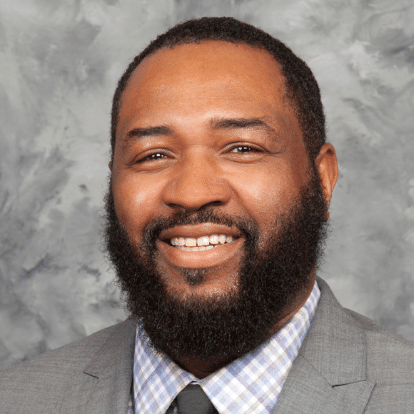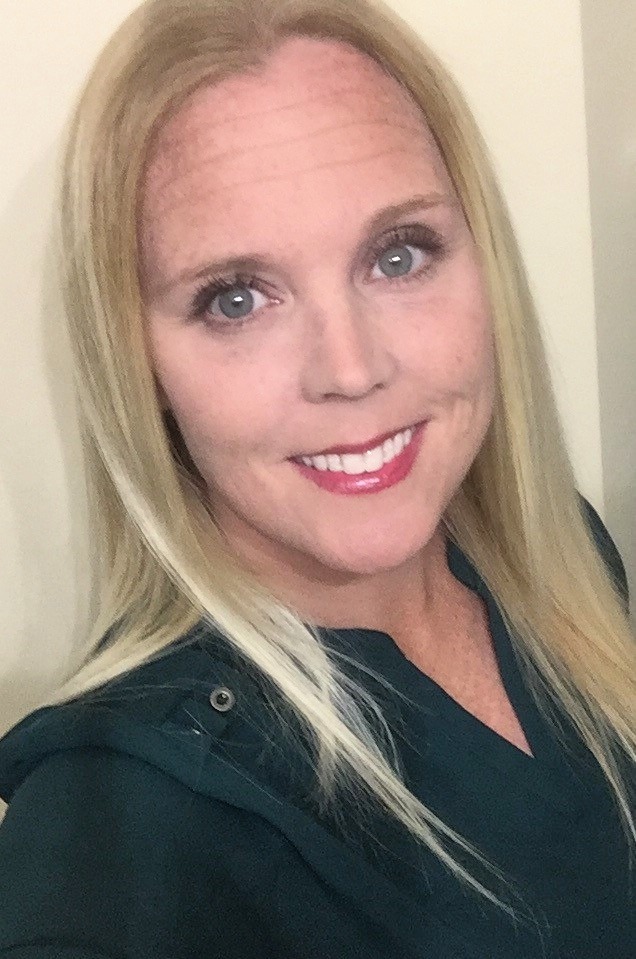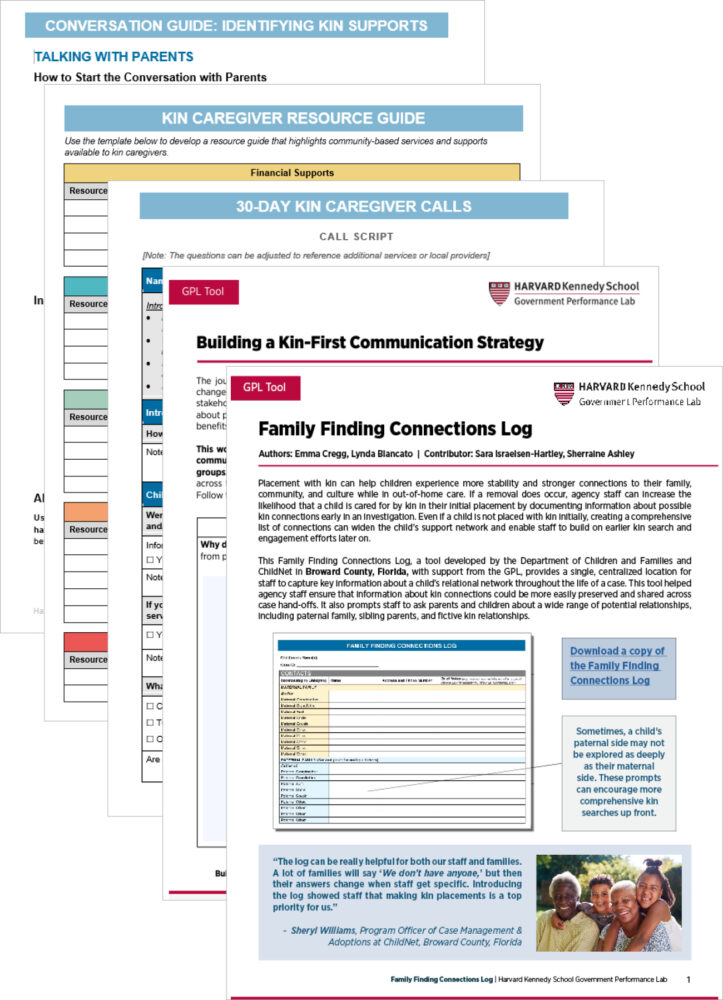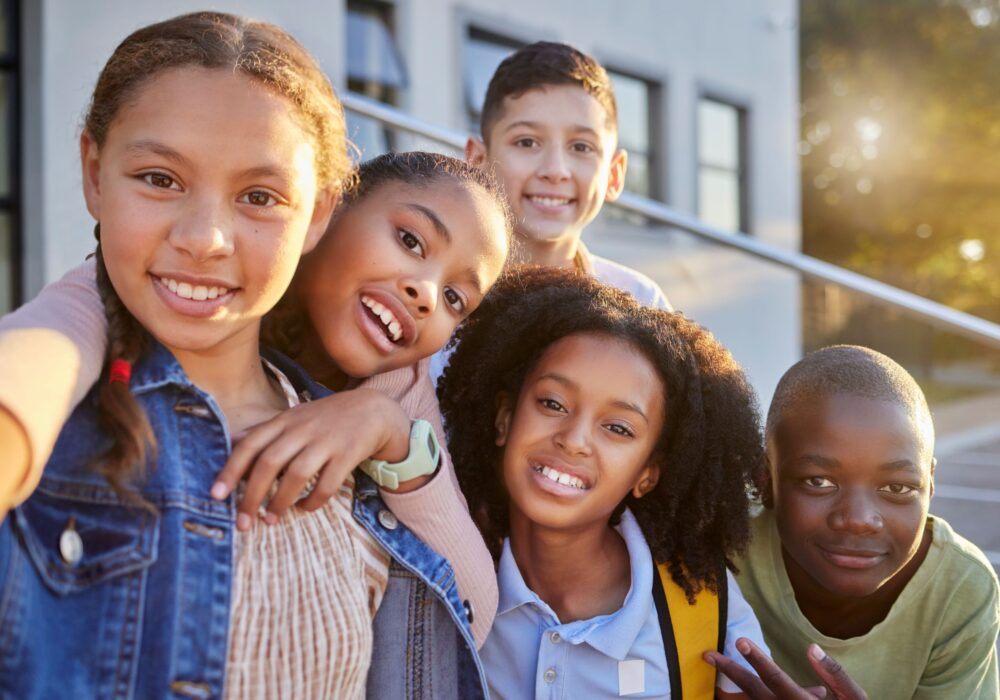Learn How to Build Kin-First Management Practices in your Organization
Our publication offers six strategies to help child welfare leaders motivate staff, shift perceptions, refine procedures, and reduce barriers to increase kin placements in their jurisdictions.
Read the Publication









